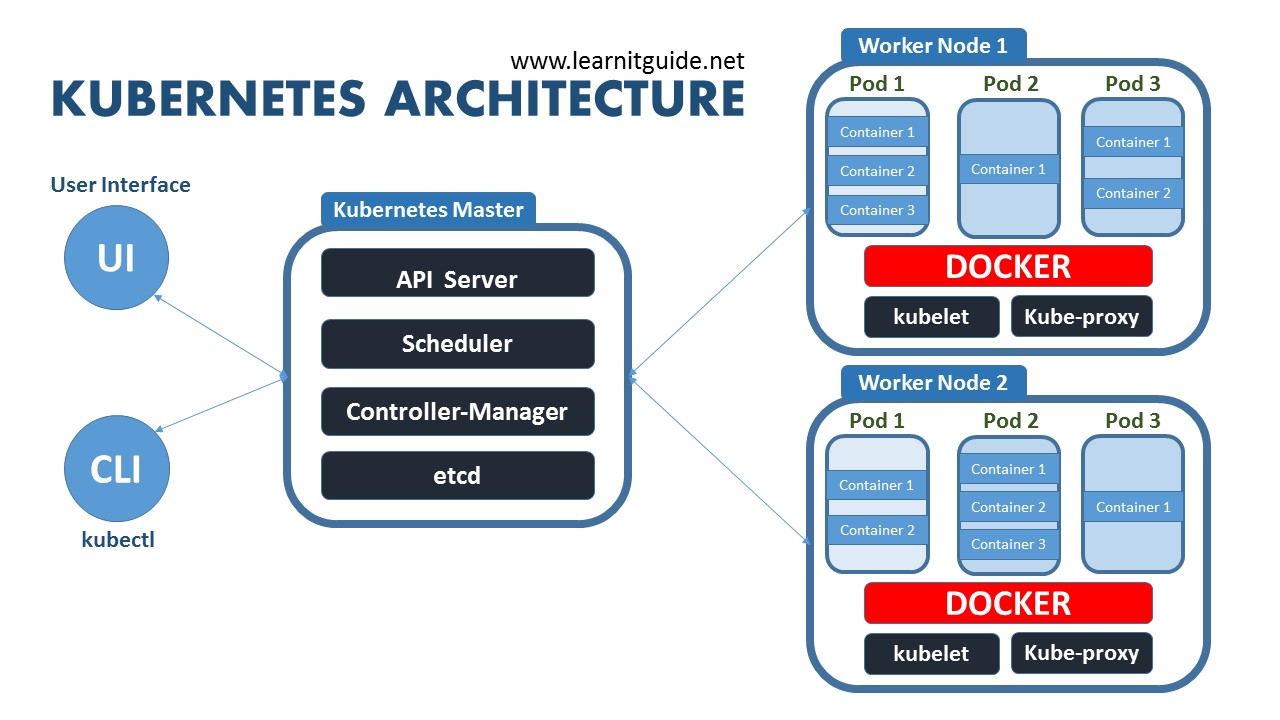As a business owner or developer, you know the importance of optimizing your applications for maximum efficiency. Containerization plays a big role in this process, and Kubernetes is one of the most popular tools for managing containerized applications. In this article, we'll take a deep dive into Kubernetes and explore its architecture and features.
Understanding Kubernetes Architecture
Kubernetes is a powerful orchestration tool that automates the deployment, scaling, and management of containerized applications. Its unique architecture is made up of several important components that work together in concert to make it a robust platform for modern software development.

The primary components of Kubernetes are the API server, etcd, kubelet, kube-proxy, and the container runtime. Each of these components has a specific function within the Kubernetes architecture:
- The API server is the hub of the Kubernetes control plane. It receives and processes requests from users and other components and communicates with the Kubernetes cluster.
- Etcd is a highly available and distributed data store that Kubernetes uses to store all of its configuration data. It stores information about the state of the Kubernetes cluster, such as what nodes are part of the cluster and what applications are running.
- Kubelet is the agent that runs on each node in the cluster. It's responsible for starting and stopping containers, as well as monitoring their health.
- Kube-proxy is responsible for managing the network connectivity between different containers running within the same pod and between different pods within the same cluster.
- The container runtime is the software that runs the containers themselves. Kubernetes supports several container runtimes, including Docker and CRI-O.
Together, these components work to provide a highly scalable and reliable platform for running containerized applications.
Key Features of Kubernetes
Kubernetes is designed to help developers manage containerized applications at scale. Here are some of the key features that make it a popular choice:
- Automatic Scaling: Kubernetes can automatically scale the number of containers running in response to changes in demand.
- Service Discovery: Kubernetes provides a built-in DNS service that allows containers to discover and communicate with each other by name.
- Load Balancing: Kubernetes can automatically distribute traffic between different containers to ensure that each container is being utilized to its fullest potential.
- Rolling Updates: Kubernetes makes it easy to update container images without disrupting the running application. It can automatically deploy new versions of applications, rolling out the update one container at a time to minimize downtime.
- Resource Allocation: Kubernetes resources can be defined and allocated at the application level, making it easy to ensure that each application has access to the resources it needs to run effectively.
Getting Started with Kubernetes
If you're new to Kubernetes, getting started can be a daunting task. But with the right resources and tools, it's possible to get up and running quickly. One great place to start is with the official Kubernetes documentation, which provides comprehensive guides and tutorials for all aspects of Kubernetes.
Another great resource is the Kubernetes community, which is made up of developers and operators who are passionate about building and running containerized applications. The community provides a wealth of knowledge, resources, and support to help you get started with Kubernetes.
There are also several third-party tools that can help simplify the process of deploying and managing Kubernetes clusters. Tools like kops, kubespray, and Rancher are all great options for getting up and running with Kubernetes quickly and easily.
Conclusion
Kubernetes is a powerful tool for managing containerized applications, offering automatic scaling, load balancing, rolling updates, and more. Its unique architecture and key features make it a popular choice for organizations looking to optimize their applications for maximum efficiency. Whether you're a seasoned developer or a business owner just starting out with Kubernetes, there are plenty of resources available to help you get up and running quickly.
